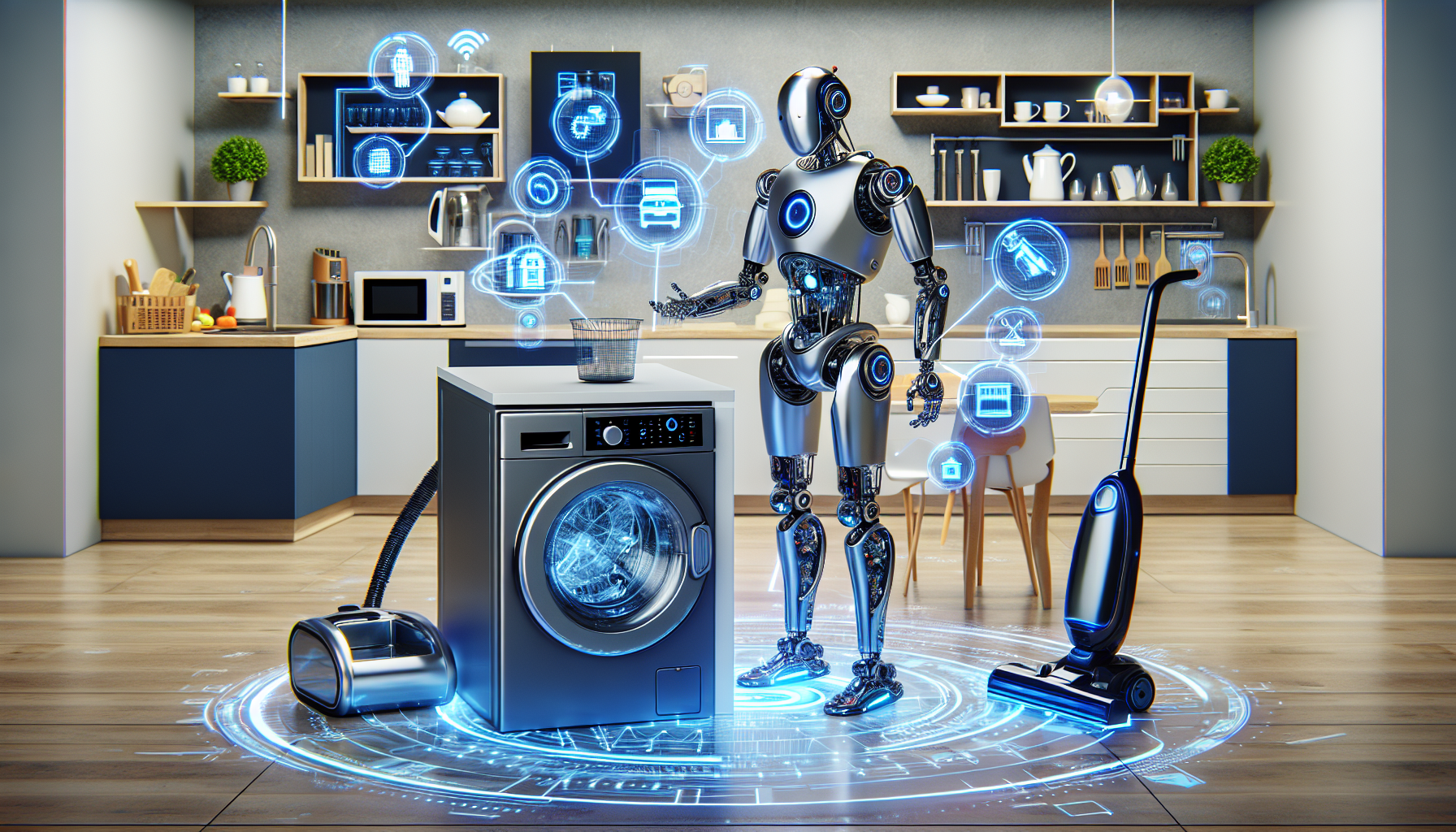The Rise of Robot Servants
Understanding the Concept of Robot Servants
Robot servants, often referred to as home assistants or domestic robots, are designed to perform household tasks. These smart machines range from simple vacuum cleaners to advanced robots that can cook, manage schedules, and even provide companionship. The advent of artificial intelligence and robotics has paved the way for these innovations, leading to a future where homes could be staffed by “helpful robots.”
Key Features of Robot Servants
Smart Automation
One of the defining features of robot servants is their ability to automate everyday tasks. With sophisticated algorithms, these devices can perform functions such as cleaning floors, doing laundry, or even watering plants. Imagine having a robot that can recognize dirt on your floor and get to work without you lifting a finger.
AI-Powered Learning
Many modern home assistants are equipped with AI that enables them to learn and adapt to their environment. They can understand individual household preferences and adjust their actions accordingly. For instance, a robot vacuum may learn to avoid specific areas of your home based on previous cleaning experiences.
Voice Command Integration
Voice recognition technology allows users to interact with their robot servants hands-free. You can instruct a home assistant to prepare dinner, play your favorite playlist, or provide updates on the weather—all with simple verbal commands. This feature adds to the convenience and user-friendliness of having a robot at home.
Types of Robot Servants
Cleaning Robots
Cleaning robots, such as robotic vacuum cleaners, have gained immense popularity in recent years. They can autonomously navigate your home, using various sensors and mapping technologies. Brands like Roomba and Roborock have set the standard, offering models that can mop, vacuum, and even empty themselves.
Cooking Robots
Imagine a robot that could help in the kitchen. Cooking robots are evolving into smart devices that can prepare meals, follow recipes, and even serve food. These robots can chop vegetables, sauté, and stir, making home cooking more accessible for those with limited culinary skills or time.
Companion Robots
Companion robots are designed to provide more than just practical assistance. They can interact with family members, provide emotional support, and even monitor the well-being of elderly relatives. These robots often use conversational AI to engage in small talk and perform activities that keep users entertained and engaged.
Benefits of Having Robot Servants
Time Savings
One of the most significant benefits is the time saved. With tasks like cleaning, cooking, and grocery shopping automated, families can reclaim hours each week. This newfound time can be spent on hobbies, family activities, or simply relaxing.
Increased Efficiency
Robot servants can work at a level of efficiency that may surpass that of humans. They can perform repetitive tasks diligently and tirelessly. For instance, a robotic vacuum can clean under furniture and in tight spaces much easier than many people can.
A Better Quality of Life
By relieving household members of mundane tasks, robot servants can improve the quality of life at home. They offer convenience and a sense of security, especially with companion robots that can support the elderly or disabled by monitoring their activities and reminding them of important tasks.
Challenges and Concerns
Cost of Technology
High-quality robot servants can come with a hefty price tag. While prices are gradually coming down, the initial investment can still be a deterrent for many households. Understanding the value they provide versus their costs is crucial.
Privacy Issues
As homes become increasingly plugged into the digital world, privacy concerns mount. Robot servants often need to collect data to function optimally, which can raise questions about data security and user privacy. Trusting a machine with personal information requires careful consideration.
Job Displacement
Another concern is the potential for job displacement. As robots take over tasks traditionally performed by humans, there are worries about employment in certain sectors. Ensuring a balance between automation and human jobs will be a topic of ongoing debate.
The Future of Robot Servants
Integration with Smart Home Technology
The future of robot servants is likely to be tightly integrated with smart home systems. By connecting with thermostats, security systems, and other smart devices, robot servants will enhance overall home efficiency and safety. For instance, a robot could adjust the vacuum schedule based on when family members are home or away, maximizing productivity.
Customization Options
The trend towards customization is growing. In the future, homeowners might be able to tailor their robot’s functions and personalities to suit their specific needs and preferences. This level of personalization will make robot servants even more appealing.
Collaborative Work Environments
In the coming years, robot servants might also find roles outside the home, such as in collaborative work environments. As robots become more adept at performing complex tasks alongside humans, we may see collaborative robots (cobots) that assist with everything from office work to manual labor.
Conclusion
Robot servants represent an exciting frontier in home assistance, and their evolution is only just beginning. As technology advances, making our lives easier and more enjoyable, the integration of these remarkable machines into our daily routines will become not only common but essential. The incredible transformations on the horizon promise to redefine how we interact with our living spaces and each other.
